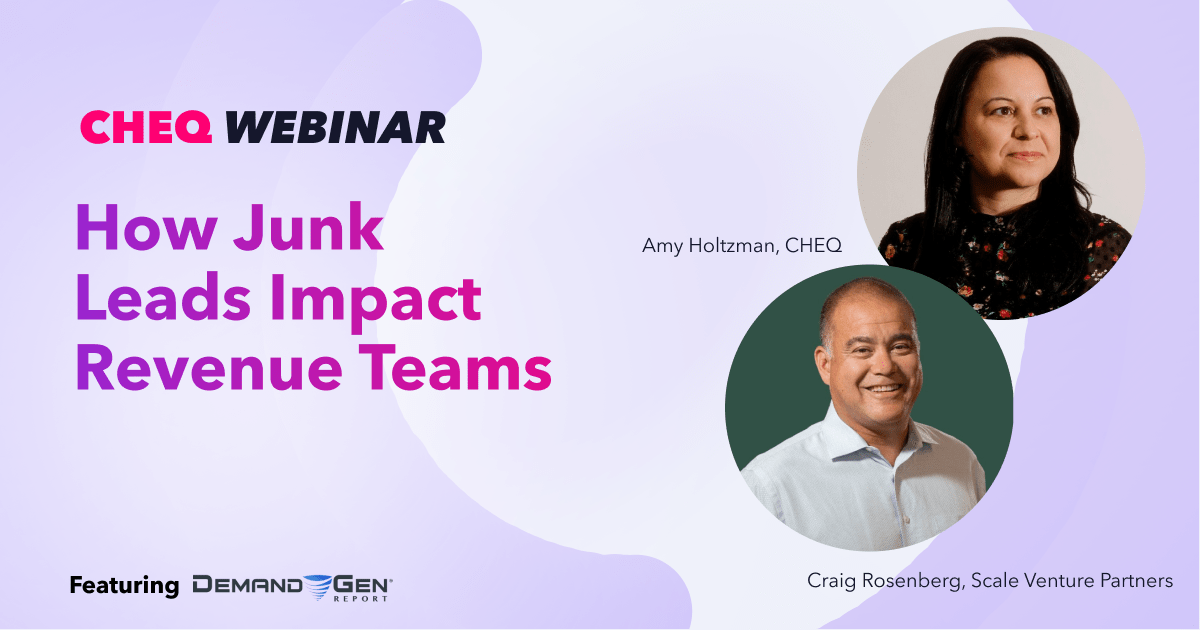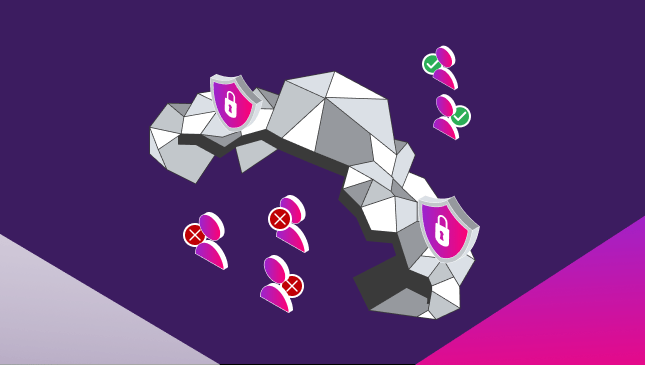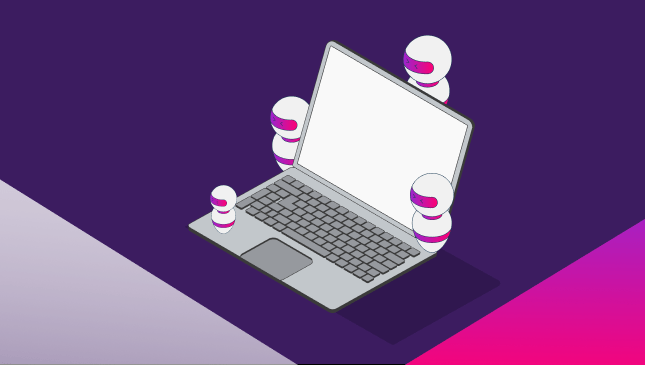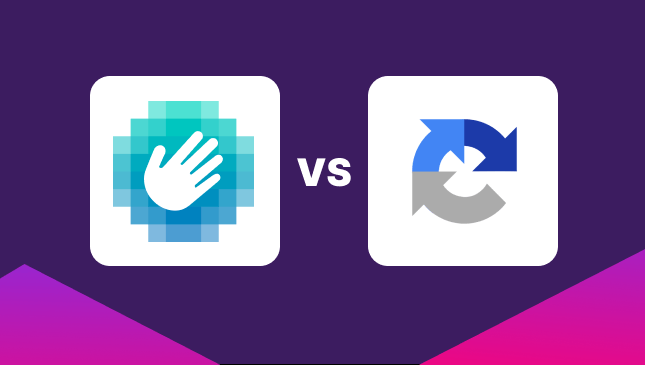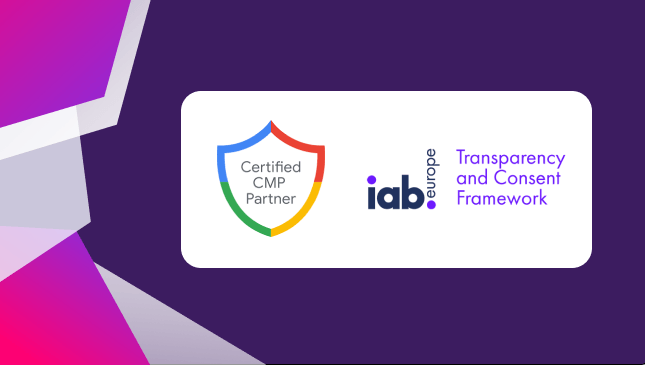How to target bottom of funnel customers with PPC content
Matthew Iyiola
|Marketing | December 12, 2023

Sending customers through your sales funnel from top to bottom requires a masterful approach combining content marketing, PPC ads, and social media marketing. Most of your prospects will drop off before they get to the bottom, which is why bottom-of-funnel customers are so important.
They represent the culmination of all your successful marketing and are the most valuable leads you’ll generate.
But they are not paying customers yet. To convert them, you’ll need a strategy that leverages their familiarity with your business, the data you have about their behavior and decisions, and a solid understanding of how to create the best-converting bottom-of-funnel content out there.
Let’s dive into why you should target these bottom-of-funnel prospects and some of the best ways to convert them into genuine customers.
A quick recap of the marketing funnel
The buyer journey is often referred to using the analogy of a funnel. Customers enter at the top of the funnel, referred to as ToFu, which is the awareness stage.
As they research their options, they progress to the middle of the funnel, the consideration stage, or MoFu in shorthand. And finally, as they look to purchase, they move to the bottom of the funnel, or the decision stage – also known as BoFu.
- ToFu content often focuses on more general research and awareness topics. For example, in-depth guides or an analysis of a common problem
- MoFu content will focus on the solutions to the problem. For example, the best products to solve the customer’s problem or looking at how to analyze or make sense of an issue
- BoFu content will usually examine why Product X (e.g., your product) is the best solution for the problem. However, it’s important to note that at this key stage of the customer journey, you still need to be providing value to the customer with information, not just doing your best sales pitch
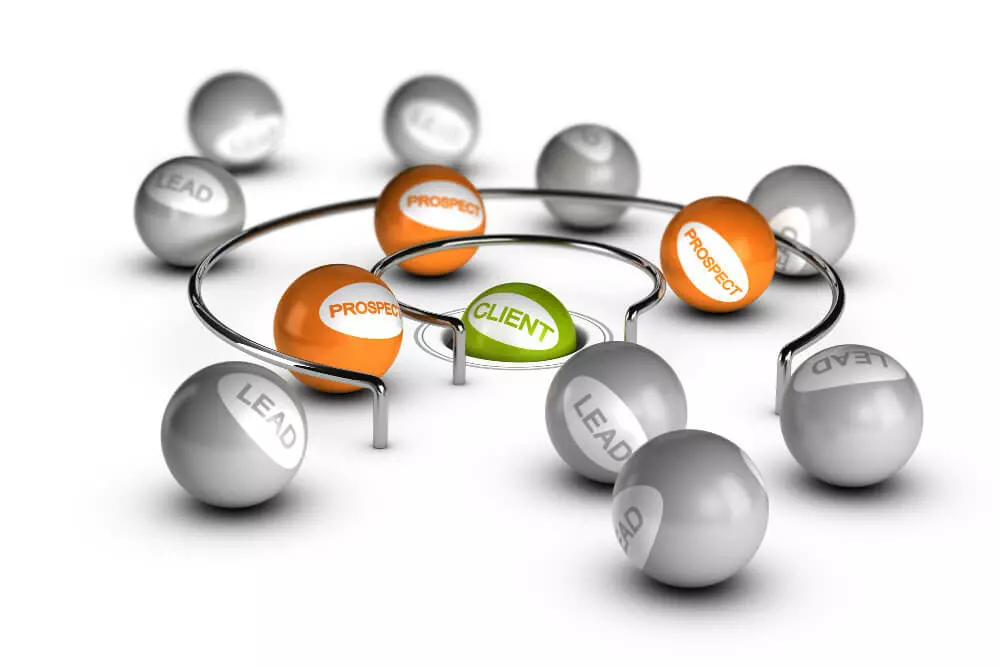
Who are bottom-of-funnel customers?
Bottom-of-funnel prospects have gone from awareness to being ready to make a purchase – but they haven’t made a decision yet. In short, the audience at the bottom of the funnel tries to make the best buying decision based on the available information.
And in today’s world, we all make decisions based on things like reviews, video guides, social proof, and readable content.
When you create a user persona for your marketing and target a specific kind of buyer, these are the people you were aiming for.
Now they are aware that they want a product or service like the one you offer. But they just need that final nudge to make their final buying decision.
So why should you create a strategy to target these specific prospects?
1. They are more likely to buy
By building a strategy to target BoFu prospects, you’re targeting the 3%* of people who have made it to the bottom of your sales funnel. If all marketers had their way, every potential customer would make it to the bottom of the sales funnel. But unfortunately, it doesn’t work like that…
That’s why targeting these potential customers with everything from PPC ads to SEO and even direct sales follow-ups with your sales team is critical if necessary.
*According to some estimates, around 3 to 7% of those who enter a well-optimized marketing funnel will convert.
2. You have enough data
The more data you have about your buyer’s journey, the better you can tailor your approach and eventually convert them. This is another reason bottom-of-funnel content is so important for your prospects; they have done their research and understand their own pain points and the solutions available.
They might even have interacted with your inbound marketing content as part of your ToFu or MoFu content strategy.
So now, with your own data from your customer research, you can create highly targeted campaigns that will generate the most conversions of any level in your sales funnel. How can you resist?
3. You don’t want to lose them to competitors
It’s critical to remember that these bottom-of-the-funnel prospects aren’t exclusively yours. Not yet. You still need to effectively target and convert them to, hopefully, long-term customers.
They might be ready to choose a service. But without your final efforts, it will most likely be your competitor’s products. You’ve already spent all this time nurturing them; you might as well go the extra mile and seal the deal.
In the next section, we’ll discuss the best practices for BoFu content marketing, specifically for PPC ads. But it’s important to mention that having your sales team follow up on these leads can be just as effective.
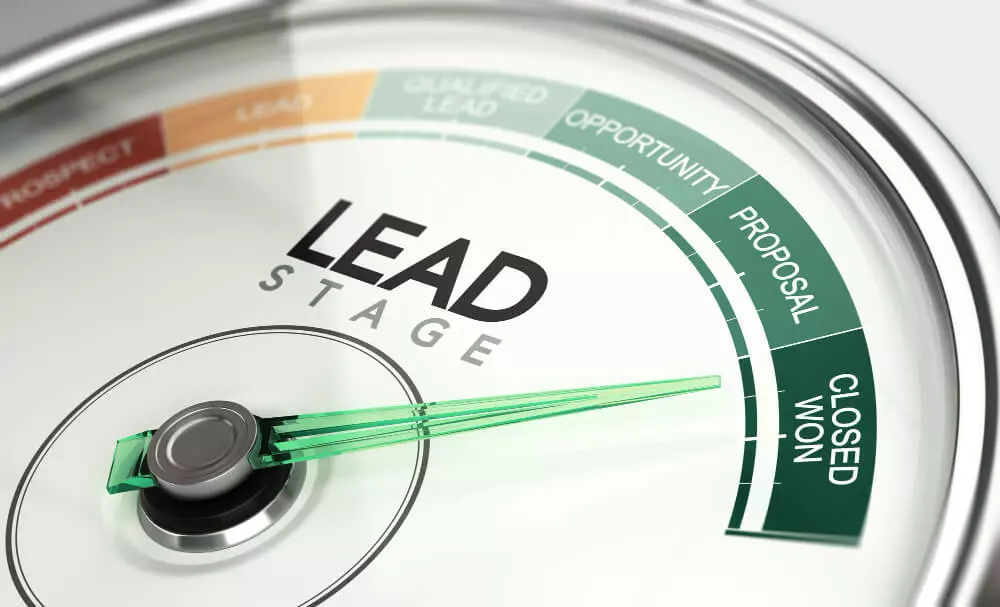
PPC ad strategies for BoFu customers
Promote your higher-value offers
The interesting thing about customers at this level of the sales funnel is that they are open to getting value. So you should break out your high-value offers and push them in your conversion-focused content, especially in your paid campaigns.
What does this mean?
It might mean highlighting the additional value in your main offer. For example, you might offer faster, better, newer, or more reliable service than your competitor’s.
But it is also worth highlighting the option of your premium offering. For example, your main product is $97. But for an extra $29, they can upgrade to the premium top-tier option with a no-brainer of additional service.
It might be worth pointing out that this ‘upgrade’ might be best offered at checkout. But it’s always worth ensuring your extra value offer is visible throughout the funnel so there is no confusion once your prospect makes the purchase.
Use urgency keywords
When creating bottom-of-funnel content for PPC ads, you also have to think about using high-intent or urgency keywords for two reasons. First, if they made it to the bottom of your funnel, these members of your target audience are most likely ready to buy. They are searching for the fastest available solution, and you want that to be you.
Secondly, your competitors are most likely using these keywords. They have access to the same keyword research tools, so it only makes sense that they’ll be on top of things. Unless the plan was to nurture these leads for the competition, you need to beat them to the punch.
Lower funnel keywords will use urgency in search intent or call to action modifiers such as:
- Buy
- Offer
- Nearest
- Deal
- Discount
- Sale
- Limited time
- Now
- Today
- Best
Promo tactics can work surprisingly well
Limited-time offers, price slashes, and seasonal discounts can be very effective when targeting bottom-of-funnel customers with PPC ads.
However, multiple studies have shown that discounting can hurt your business. One explanation is that promos reduce your offer’s value in the customer’s eyes. They may then start to think, “Why pay full price for something when you can wait for another half-price promo?”
However, with hot leads, prospects already know the value of your offer. It’s why they got flagged as bottom-of-funnel customers in the first place; they’ve interacted sufficiently with your business.
In this case, you can cautiously offer them promo codes and discounts to convert them right now and hopefully turn them into long-term customers.
Use power words and striking creative
One way to supercharge your PPC ads is to use power words. These can help place the focus on the reader and simultaneously appeal to their emotions and motivators. Power words are so-called because they can appeal to our base desires and sense of value. By pushing our emotional responses, they can also drive action. Combine these with striking and descriptive creativity to drive home your point.
Examples of highly effective power words include:
- You
- Increase
- Free trial
- Opportunity
- Grow
- Time
- Exclusive
- Start
- Fast
- Value
Check out this guide to power words and how they work to understand how to add these to your call to action.
Leverage Facebook ads
If you have been building an email list, or you’re using the Facebook pixel to track traffic to your site, you can use the power of Facebook ad campaigns to boost your bofu conversions.
Of course, Meta for Business runs those ads across Instagram and Facebook, making it one of the most powerful options for social media marketing.
And with Lookalike Audiences, Facebook can use your provided data to expand your reach and hook in even more potential conversions.
Read our professional tips to increase your Facebook ad conversions.
Go crazy with high-intent retargeting
Customers at the very bottom of your marketing funnel are primed for high-intent retargeting. They’ve made it this far, which means they are very interested in what you’re offering; they just need a little nudge in the form of your expertly crafted bottom-of-the-funnel content.
You can easily identify customers ripe for these ads by their behavior.
- They visit the pricing page more than once and often in addition to researching your offers
- They spend more time on your site than regular site visitors
- They are frequent blog readers but haven’t bought from you yet
Combine these with the other metrics your business uses to identify bottom-of-the-funnel customers. Whether that’s multiple inquiries via email or interactions with your other ads.
Pull out all the stops and retarget these customers with your social media and PPC ads because they are your most valuable leads.
Best practice for bottom-of-funnel PPC content marketing
Use highly optimized landing pages
At this stage, you want to remove as many barriers to converting as possible. And the best way to take a website visitor to the sale is by using a landing page designed to get them to commit to your product in as few clicks as possible.
This might mean a one-click checkout, options to use embedded payment options (for example, Apple/Google Pay or PayPal), or even an option to try before you buy.
Although you will want to keep distractions to a minimum, you might also want to include some elements designed to offer assurance or peace of mind.
- Clear testimonials or reviews from genuine customers
- Star ratings from review sites such as Trustpilot
- Details of any guarantees or certifications
- Information about free or paid add-ons (added value such as discounts for annual subscriptions)
- Embedded video highlights of your product
- Details of lead times or returns processes for physical products
Do head straight to the sale
Your content for bottom-of-funnel PPC ads should be designed to encourage that final sale. And this could mean telling them why they should buy right away (limited-time offer, get your product by tomorrow if purchased before 3 pm, save time and money, and buy now).
Embrace the use of a call to action both in your ad copy and on your landing pages.
Keep your copy focused on the sale and reinforce any benefits that could seal the deal.
Include your sales team
Not every business is in a position to hire sales reps to close the deal with your BoFu audience. But if your business has the resources and structure, a sales team can add a personal touch that no digital ads could ever match.
Or, make time to reach out to leads personally if you have their contact details.
Combine a calculated PPC ad campaign with frequent interactions with your sales department to stay on top of the customer’s mind and encourage the purchase decision.
Tell them why you’re the best
So the competition is cheaper? You likely have plenty of benefits, so explain what they are in both your ad copy and landing pages.
A good example of this is targeting comparative search terms, for example, ‘best YOUR PRODUCT alternative’ or ‘Product A vs. Product B.’
These are typical bottom-of-funnel search terms and offer a great opportunity for you to pop up in the SERPs shouting, ‘There is no better option than us!’
Leverage SEO
You should also use organic content marketing, or SEO, to target your bottom-of-funnel customers and move them further toward the purchase decision. Create a blog post strategy based on your best-performing conversion keywords to improve your organic rankings and reduce your dependence on paid traffic.
And in the same way that you use landing pages for PPC, you can also use landing pages for your organic content.
These landing pages can include some of the elements of your paid content. But as they are built for organic traffic, you can include more detail and add unique elements that might be seen as ‘distracting’ on your paid landing pages.
This might include:
- Info from the pricing page
- Case studies, testimonials, and any other form of success story related to your brand
- The unique perks of your own product
- Details of how your solution addresses pain points
- Embedded videos
- Embedded social feeds or other forms of social proof
- Product comparison tables (vs. your competitors)
Of course, organic content is a whole strategy, but you can repurpose some of the best-performing content from both paid and organic campaigns into the other.
Block fraud on your ads to improve conversions
The beauty of bottom-of-funnel content marketing is that you can expect more significant results for your advertising spend compared to other stages of the sales cycle, especially if you focus on optimizing your ad copy and ad targeting.
However, the challenge of paid marketing is keeping your targeting clear of fake traffic or leads.
Click fraud and bot traffic affect your marketing at all stages of the sales funnel. From spam bot traffic clicking on your lead magnet forms creating fake leads to fake clicks on PPC ads.
In fact, 90% of Google Ads campaigns are affected to some extent by advertising click fraud, losing marketers on average 14% of their ad spend. However, for some industries, this fake traffic can be painfully high, up to 70%.
Find out more about click fraud in our guide.
CHEQ Essentials protects your paid ad campaigns at all stages of the sales funnel. And now, with our Bot Mitigation for WordPress sites, you can stop fake leads on your lead magnets or even credit card fraud on your checkout function.
Keep your funnel traffic fraud-free from ToFu to BoFu with CHEQ.
Use our FREE 7-day trial to analyze your ad traffic on Google Ads, Facebook Ads, and Bing Ads.






